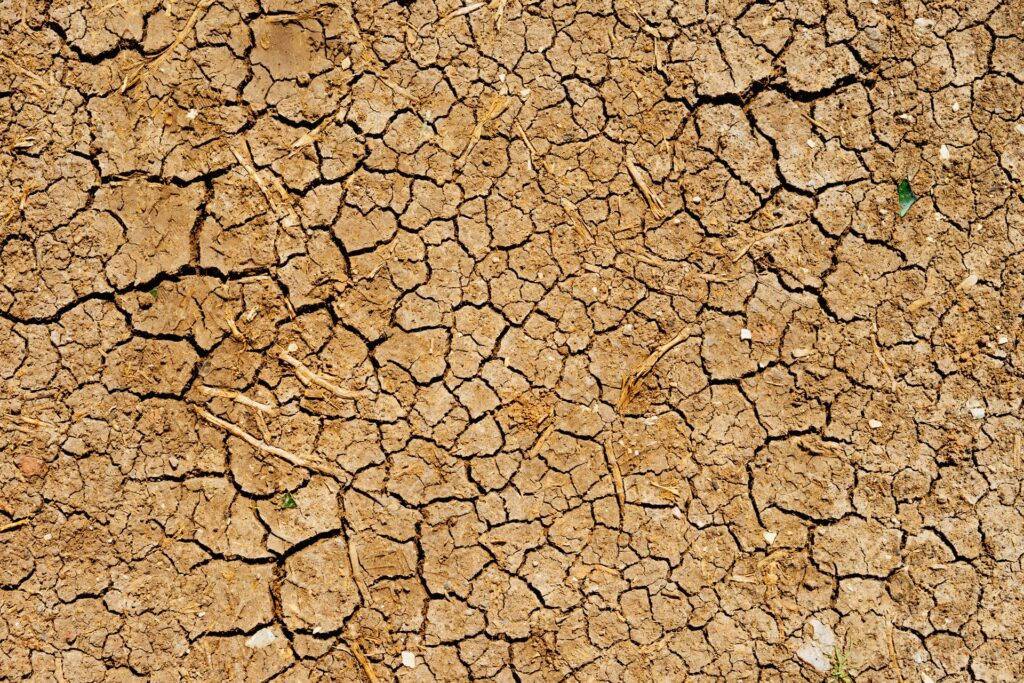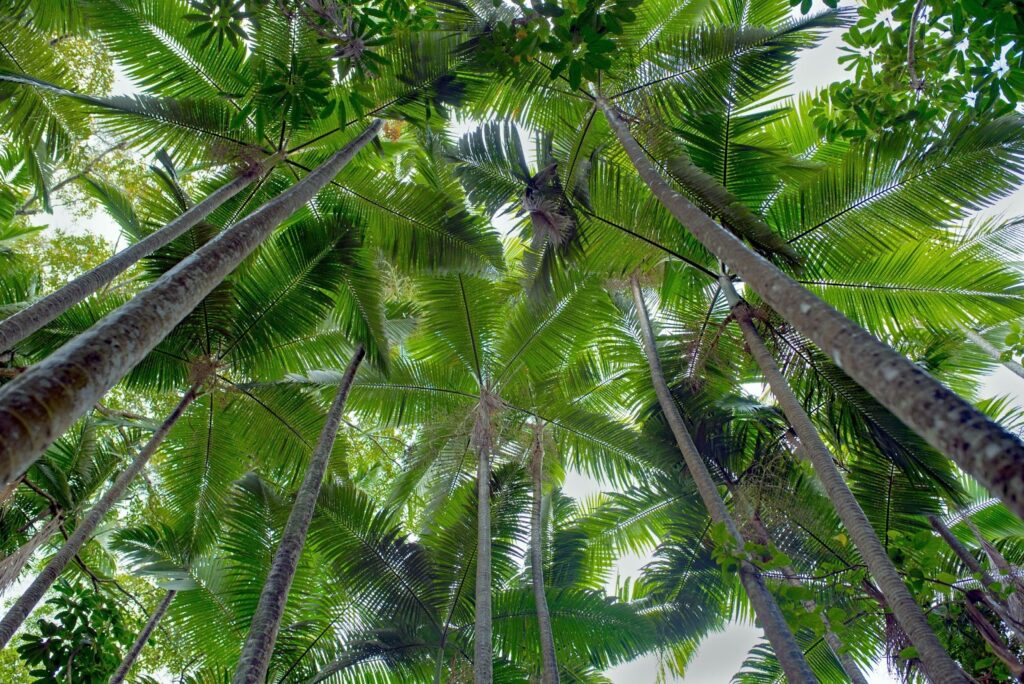Sustainable agriculture, broadly defined, is the practice of any agricultural activity, such as farming or ranching, that does not cause environmental harm and can thus be continued. Sustainable agriculture includes regenerative agriculture, which actually goes beyond sustainable farming by improving the environment at the same time as producing food, rather than simply not causing further harm.
There are sustainable farms all over the world, although each sustainable farm may use slightly different practices. This article will present benefits of sustainable agriculture in Morocco and provide several examples of sustainable farms and initiatives in the country.
Background information: What Is Regenerative Agriculture?
Table of Contents
Why Is Sustainable Agriculture Needed in Morocco?
Sustainable Agriculture in Morocco
Why Is Sustainable Agriculture Needed in Morocco?
Agriculture is an important industry in Morocco, as it contributes 15% of Morocco’s GDP and is the number one employer in rural areas. Many rural communities depend on raising livestock to make a living; in fact, over 80% of Morocco’s rural population depends on livestock for income. Agriculture is extremely important to the country’s economy and the lives of small farmers, and thus, it is important to ensure that the land remains productive.
Agricultural challenges in Morocco, including low soil fertility, drought, climate change, and population growth, are incentivizing farmers to switch from traditional to regenerative agricultural methods.

Low soil health and fertility: Desertification, the process by which land becomes drier, more desert-like, and less arable, affects 80% of Morocco’s land. Much of the country’s soil is unhealthy, extremely arid, and prone to eroding. This makes it very difficult for small farms to grow sufficient crops to feed themselves and make a living. Sustainable farming works to avoid causing further harm to the soil, while regenerative agriculture practices may help farmers in Morocco to increase soil fertility, and thus increase crops. For example, cover cropping, when farmers grow other plants around their cash crops, helps reduce soil erosion and increase soil fertility.
Drought: Morocco is extremely prone to drought, which is increasing in frequency due to climate change. In 2022, Morocco is facing the worst drought since the 1980s. During this drought, Morocco has only gotten 11% of normal rainfall, and has had to tap into groundwater reserves in order to maintain enough water for drinking and agriculture. Currently, agricultural irrigation uses about 80% of Morocco’s water each year. Sustainable agriculture can help alleviate some of the issues Moroccan farmers face by introducing farming practices that use less water. Regenerative agriculture can also increase soil’s ability to retain water, meaning that farmers can use less water for irrigation.
Climate change: Morocco is one of the countries already feeling the impacts of climate change, such as drought and other extreme weather events. For example, coastal areas are experiencing flooding, while more arid areas are experiencing drought, as discussed above. Sustainable agriculture can help farmers avoid contributing to climate change. Regenerative agriculture can not only help farmers adapt to climate change’s new extreme conditions, but it can even help mitigate climate change by increasing carbon sequestration in soil.
Read more: Low Carbon Agriculture
Population growth: Morocco’s population grows at a rate of 1.2% each year, although this rate has been declining in recent years. Because so much of the country’s rural populations depend heavily on agriculture to make money and produce food, population growth coupled with land degradation makes it difficult to meet these needs. For example, between 1974 and 2001, the amount of land used for agriculture increased by 34%. As the amount of arable land that is available for agriculture today decreases due to climate change and degradation and population increases, it becomes more difficult to feed everyone.
Regenerative agriculture in Morocco can help produce more food on smaller areas of land, as RA can help increase crop yields. Generally, sustainable agriculture can help ensure that land remains fertile in order to grow enough crops to sustain the population.
Read more: Regenerative Agriculture in Africa
Sustainable Agriculture in Morocco
Sustainable agriculture is happening in Morocco in a number of ways. These include sustainable farming initiatives and research about sustainable agriculture opportunities in Morocco.
Sustainable Farming
Much of the most fertile land in Morocco is taken up by large farms, and as a result, they earn an average of nine times more than smaller family farms. Estimates show that around 35% of Morocco’s rural population lives in areas with extremely degraded soil. Many small farms in Morocco may benefit from regenerative agriculture practices, as regenerative techniques such as no-till farming and avoiding pesticides can increase soil health, reduce the need for water and increase crop yields.
Additionally, many Moroccan farmers spend much of their profits from farming on chemical fertilizers and pesticides, leaving them with less profit. By moving toward sustainable agriculture that uses natural fertilizers, farmers save money.
There are several examples of farms in Morocco that have taken on sustainable practices, including permaculture, a system of land management for agriculture that focuses on maintaining natural ecosystems that flourish as a whole, rather than growing a monocrop. Other new practices include managed grazing, such as rotational grazing, in which livestock graze in small areas while other areas are given a chance to rest and revitalize in order to maintain fertility in the long term.
Organic Farming
Organic farming is slowly but surely becoming a more popular method of sustainable agriculture in Morocco. For example, several communities have created organic Community-Supported Agriculture groups (CSAs), cooperatives in which members can manage land together and share the financial burdens. This cooperative farming makes it easier for small family farms to compete against large commercial farms.
One organic CSA farm is called Sala al-Mustaqbal. They farm organic produce as a collective and then sell it to around 100 customers for an increased cost compared to conventional vegetables (about 20% higher). While this does make organic food less accessible to many who cannot afford it, this model of cooperative farming makes it easier for growers to embrace organic, sustainable farming practices.
Food Forests
Food forests are a traditional way of growing food that has been used for thousands of years, where a forest of useful plants is grown together. Food forests are largely self-sustaining, unlike conventional farms that focus on growing a single crop. Food forests are a primary example of permaculture.
One of the most famous food forests, Paradise Valley, is an oasis in the Moroccan desert that has been cultivated for many years by over 800 people. The primary foods grown there are dates and figs, but it also supports livestock and other crops. It was made famous by Geoff Lawton, who made a film about the area as part of his efforts to promote food forests and less destructive farming practices. He also founded the Permaculture Research Institute after being inspired by Morocco’s Paradise Valley.
Food forests represent a “rewilding” of agriculture, moving farmers towards regenerative practices that not only are less damaging to the environment, but can actually increase soil and ecosystem health. This makes food forests a promising option for maintaining food production and agriculture that is sustainable in the long term.

Research
Sustainable Agriculture Techniques to Control Desertification
A 2013 examination of desertification in Morocco focused on why desertification was happening, and how it could be combatted. While the discussion isn’t focused on sustainable agriculture in Morocco specifically, many solutions to combat desertification (and increase soil health) involve switching from damaging, resource-intensive methods of agriculture to sustainable or regenerative practices.
For example, the study recommends increasing cover crops to prevent soil erosion and creating farms that integrate the natural cycles of livestock and plants in order to reduce resource usage. This means using sustainable practices like using animal manure to fertilize crops, rather than chemical fertilizers. The study also discusses the creation of soil conservation technologies in Morocco, but argues that the new technologies must come with financial incentives to get farmers to actually use the technologies.
The Triffa Plain Case Study
A 2012 case study performed research on agriculture and soil health in the Triffa Plain of Morocco, an area known for being extremely agriculturally-productive. Soil samples showed poor soil health and low nutrients, which researchers attributed to conventional farming practices. The study concludes with recommendations for the area to adopt sustainable agriculture practices, such as the use of controlled fertilization, crop rotation to increase diversity and soil fertility, and drip irrigation to reduce the amount of water needed to grow crops.
Legislation to Promote Sustainable Agriculture in Morocco
The government of Morocco is well-aware of the growing crisis surrounding food security, as well as the potential benefits of sustainable agriculture in Morocco. In response, the Ministry of Agriculture created the Green Morocco Plan in 2008, which aims to increase agricultural output in the country through a variety of strategies, many of which rely on sustainable agriculture techniques. For example, one pillar of the project is focused on replanting “higher-value” crops in areas where grains were previously grown. Not only will this help increase climate resiliency, as grains like wheat are not as climate resilient as other plants, but it will also help increase biodiversity.
By 2018, the project created over 104 billion MAD for farmers and others in the agricultural sector, and the amount of food grown increased. The project spurred the planting of over 438,455 hectares of trees and more than doubled the amount of land that had drip-irrigation systems that helped reduce the amount of water needed to grow crops.
The plan was updated in 2020 with the Green Generation Program-for-Results, which focuses on promoting “climate-smart practices” to young rural farmers. The plan hopes to increase sustainable agriculture in Morocco through the use of digital technologies and training on sustainable practices.